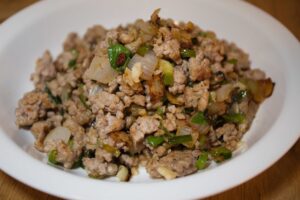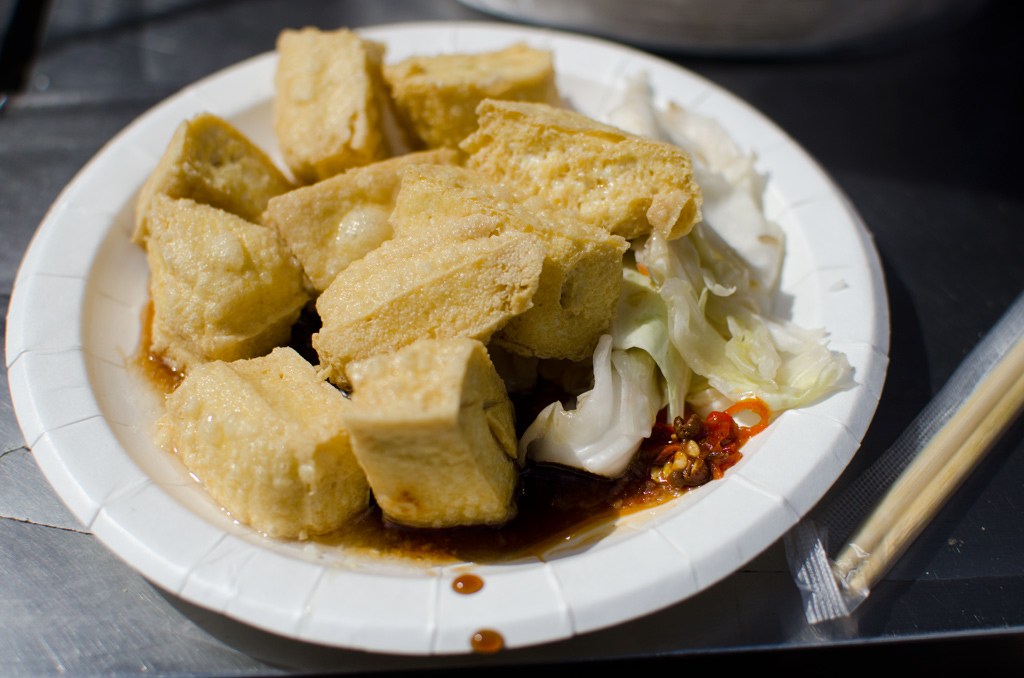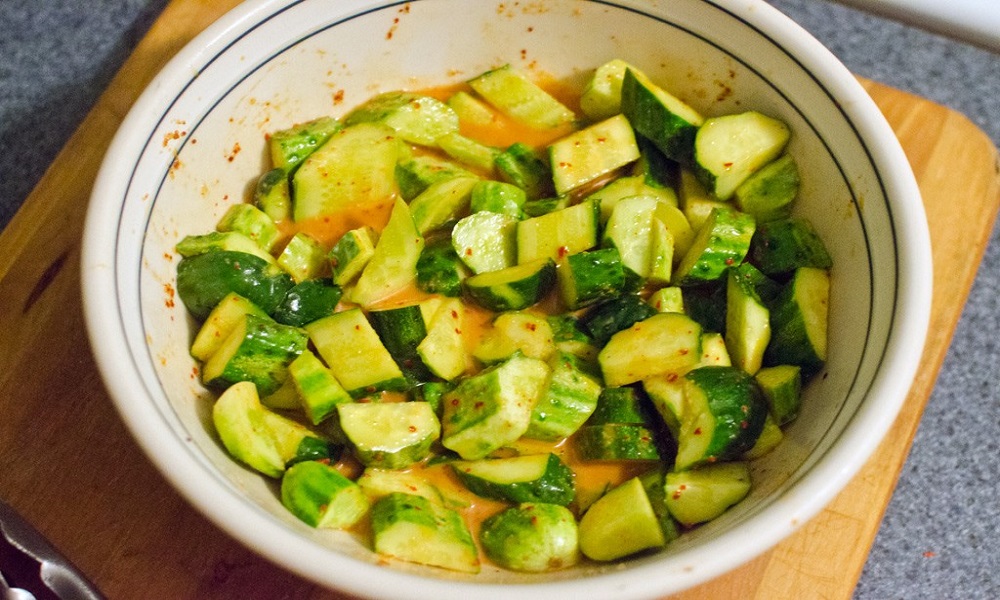Rosie Grant’s new cookbook, “To Die For: A Cookbook of Gravestone Recipes,” transforms 40 headstone inscriptions into a celebration of culinary legacy. These aren’t just recipes; they’re love letters etched in marble, preserving the dishes that defined entire families long after Sunday dinners ended. Grant discovered this phenomenon while working at Congressional Cemetery in Washington, D.C., where families inscribe their loved ones’ signature dishes alongside birth and death dates.
From Cemetery Intern to Recipe Detective
Grant discovered her first gravestone recipe during a library science internship at Congressional Cemetery.
Grant stumbled into this project while working at Congressional Cemetery in Washington, D.C. What started as routine headstone documentation became a fascination when she encountered families who’d inscribed their loved ones’ signature dishes alongside traditional memorial information. Her social media documentation as @GhostlyArchive exploded across Instagram and TikTok, proving that food stories resonate far beyond cemetery gates.
The cookbook features:
- Recipe variety: Spritz cookies, homemade fudge, guava cobbler, chicken soup, and meatloaf
- Global scope: Dishes collected from cemeteries worldwide, reflecting local flavors and traditions
- Family stories: Each recipe includes interviews with their families, providing emotional context
- Personal touch: Grant plans her own gravestone recipe—clam linguine with personal significance
Beyond Novelty: Food as Eternal Connection
These carved recipes represent a broader cultural shift toward life-affirming memorials.
The gravestone recipe phenomenon mirrors society’s evolving relationship with death. Rather than focusing solely on mourning, families now celebrate what made their loved ones unique. This approach echoes traditions like Día de Muertos, where specific dishes honor the deceased, but modernizes the practice through permanent stone inscription.
Grant’s project reveals food’s role as cultural DNA, passed down through generations and preserved against time’s erasure. When you can’t hug someone anymore, you can still taste their love through their signature dish.
The cookbook transforms grief into nourishment, ensuring these family treasures feed future generations rather than disappearing with their creators. Grant herself is planning a clam linguine gravestone recipe, proving that this movement extends beyond documentation into personal legacy planning.


















